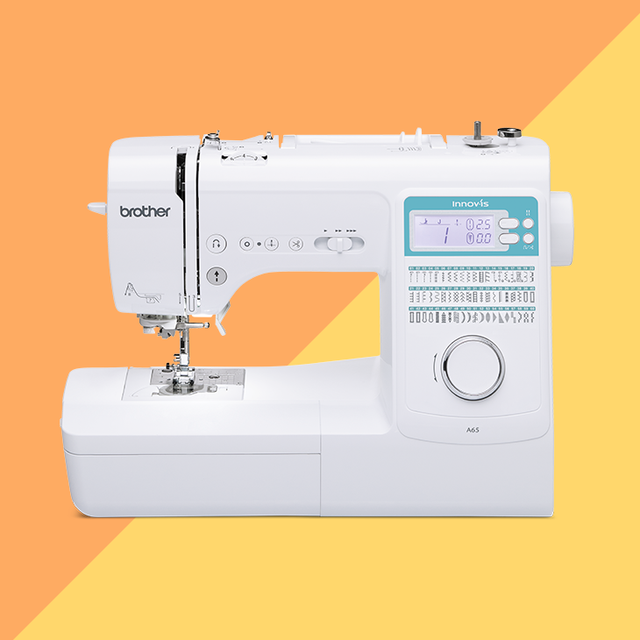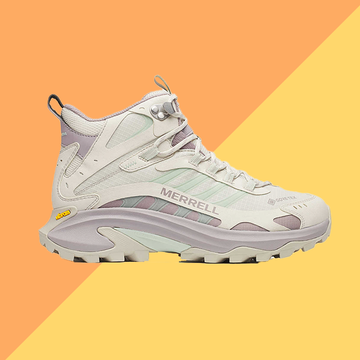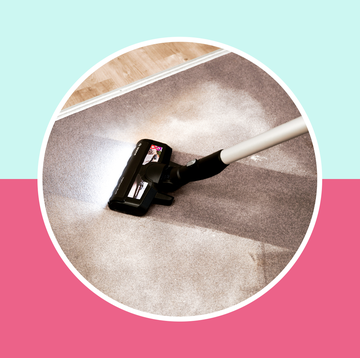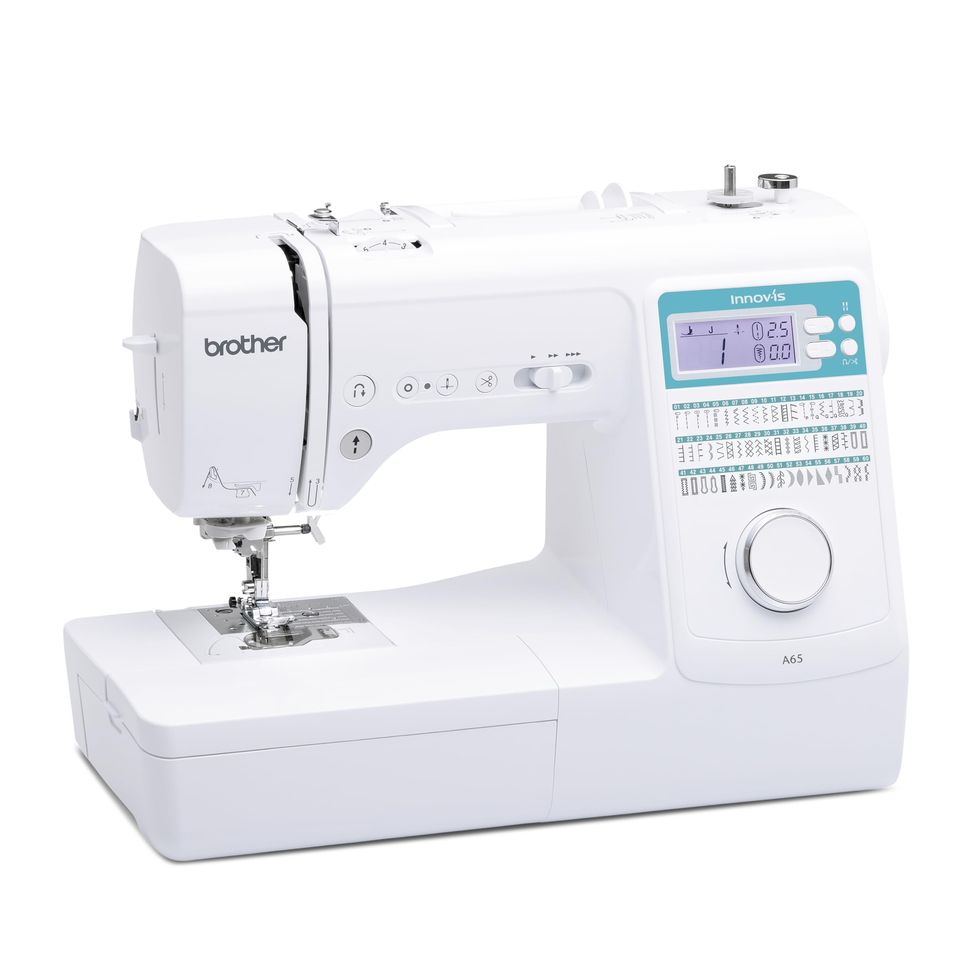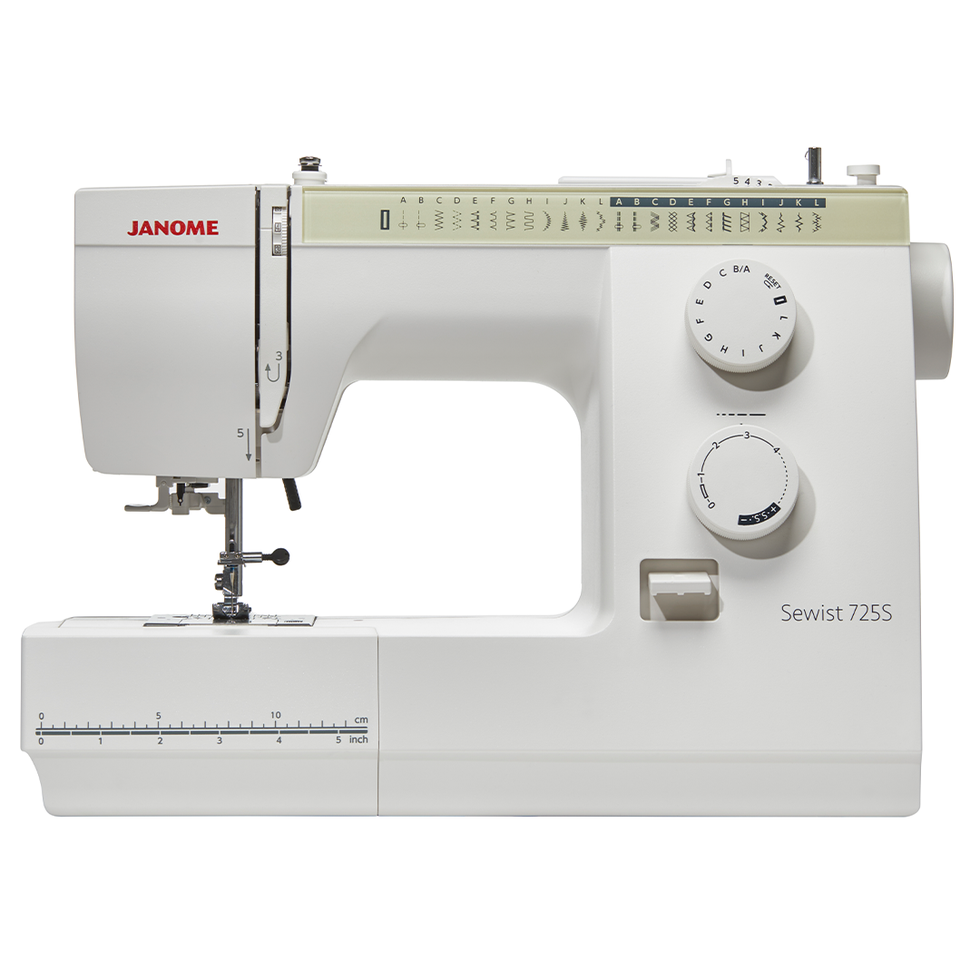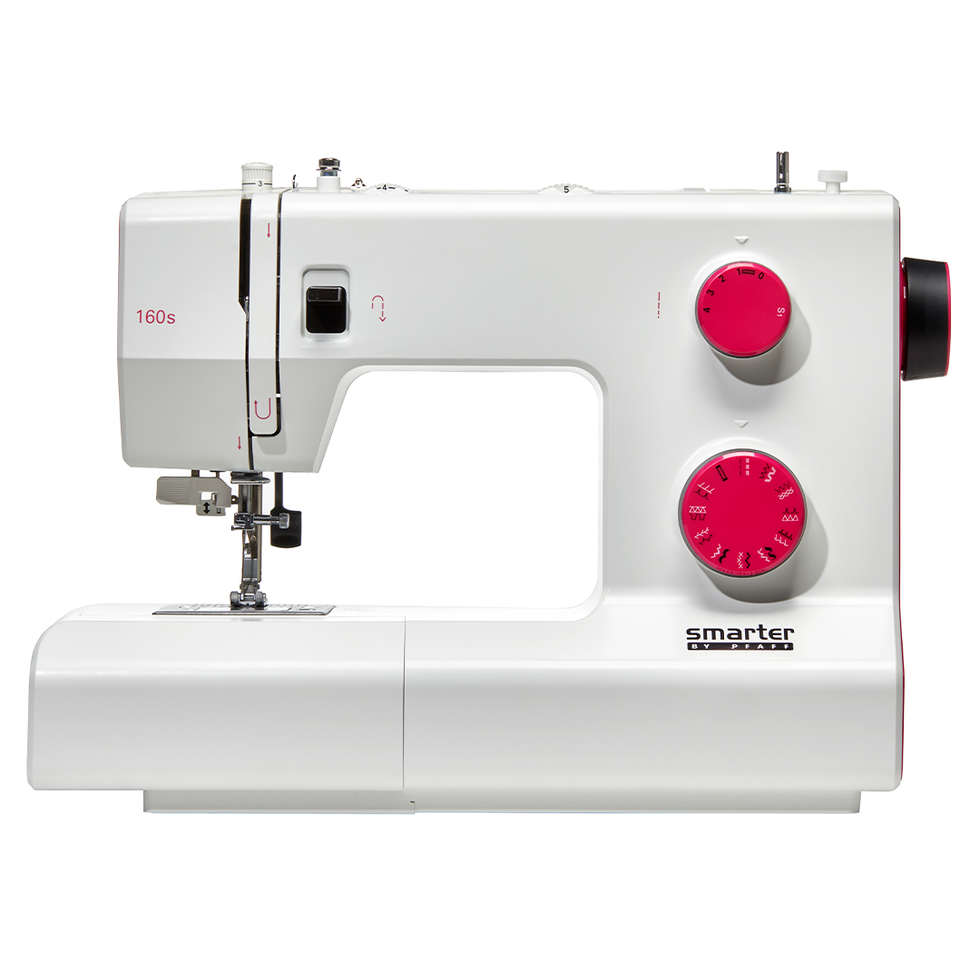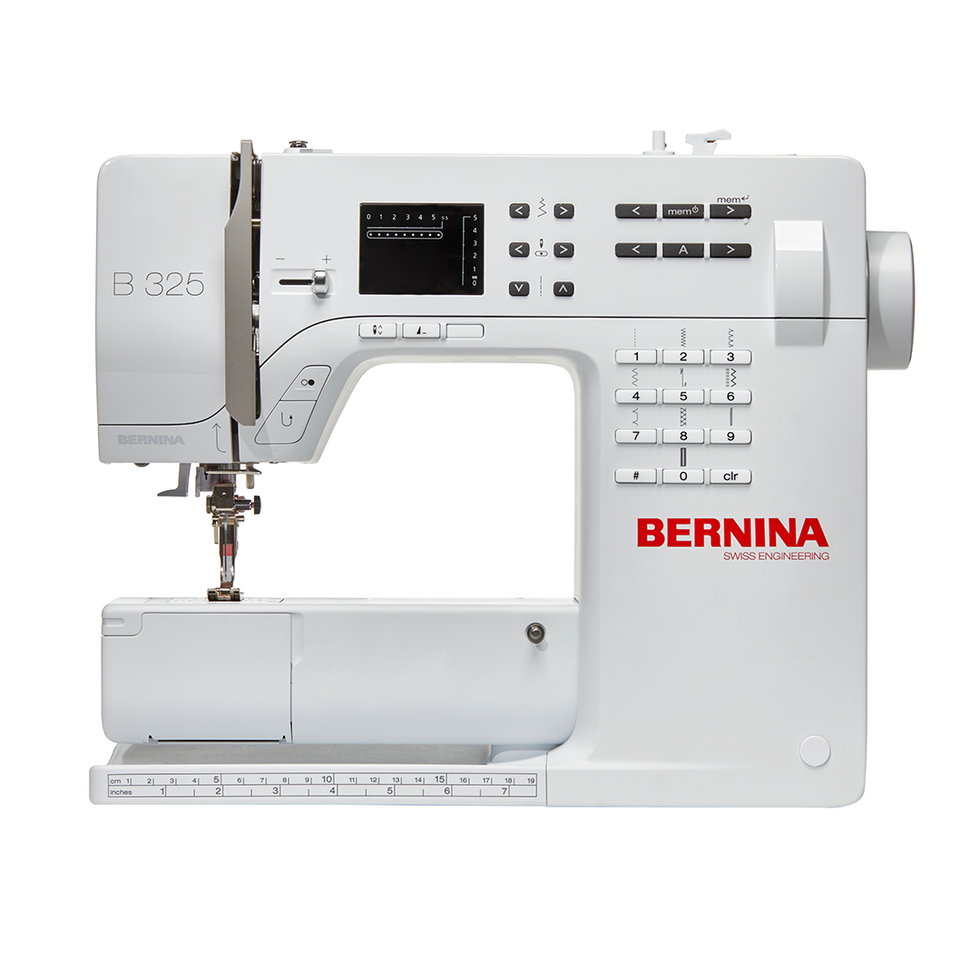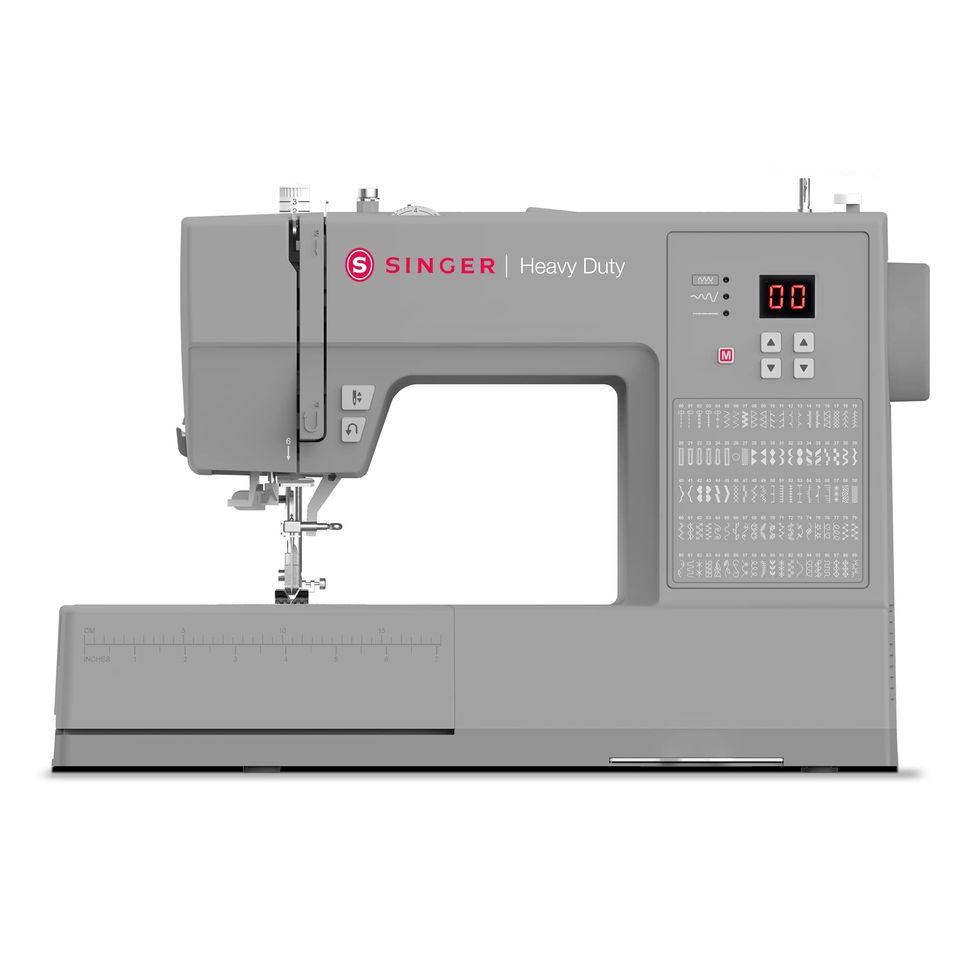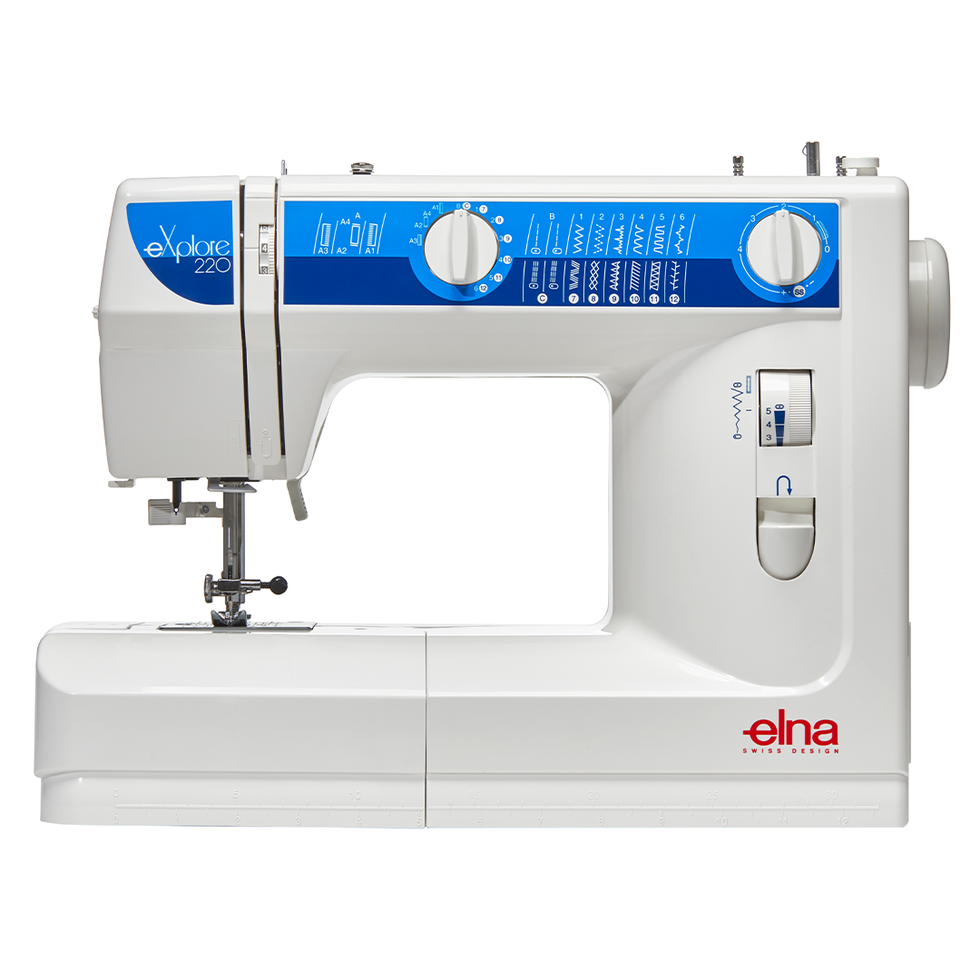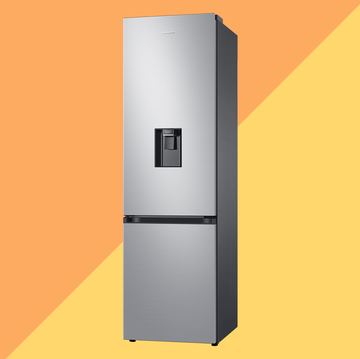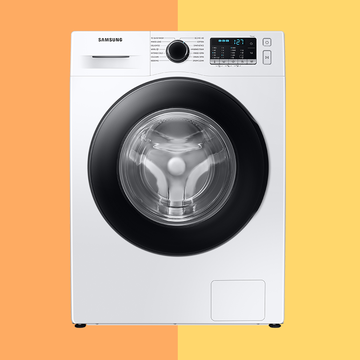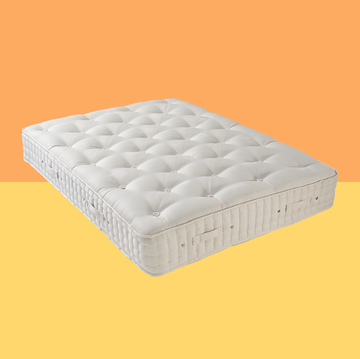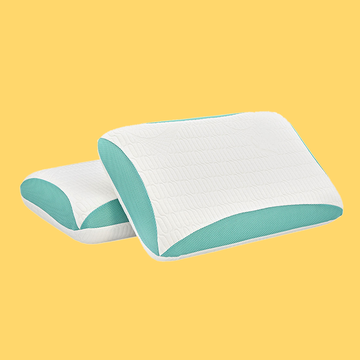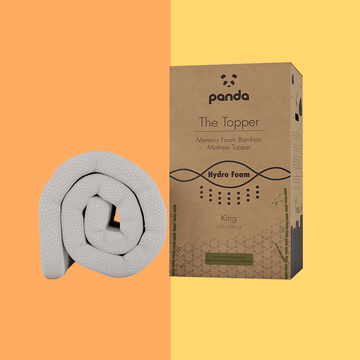What are the different types of sewing machine?
For making clothes and soft furnishings, there are two main types of sewing machines to choose from.
Mechanical sewing machines
The traditional style of sewing machine, mechanical models are manually controlled by a range of dials that allow you to select your stitch, alter its length and width, and adjust the tension.
Most mechanical machines will be suitable for any sewing project, but they don’t tend to have as many functions as their computerised counterparts. Though more affordable overall, the more stitches a model offers, the more expensive it will be.
Computerised sewing machines
These innovative sewing machines have built-in computers programmed with the stitches and their recommended sizes. They can even run without a foot pedal via a stop and start button.
If you’re just getting started and want to keep your sewing slow and steady, a feature called ‘speed control’ lets you limit how quickly the machine can run.
Computerised sewing machines cost more than mechanical models, but their higher prices are easily justified by functions such as automatic stitch reinforcement – as opposed to manually pressing a reverse stitch button at the beginning and end of a row of stitching – and a wider array of stitch patterns, including decorative options and sometimes letters of the alphabet.
How do I choose my first sewing machine?
Firstly, decide whether a mechanical or computerised model is the best sewing machine for you. Then, consider how important the following factors are.
Threading design
Sewing machines can vary when it comes to needle threading and bobbin loading.
For a more accessible machine, look for an automatic needle threader. These speed up the often fiddly process of feeding thread through the eye of the needle, instead hooking onto the thread and pulling it through themselves.
Turning to bobbins (the part on which the lower thread is wound), you’ll have to choose between a front-loading and top-loading design.
Top-loading bobbins sit on the free arm just beneath the needle. They can simply be dropped in, and their bobbin cases tend to be clear so you can see how much thread remains. Front-loading bobbins are fiddly to fit and concealed within the machine when in use.
Range of stitches
The machines on our list offer between 14 and 97 stitches, so you’ll need to decide how many of them you’d like. Even the most basic models come with standard straight, zig-zag and stretch stitches, and 20 stitches should be plenty for most home sewing projects.
More advanced stitches, such as quilting ones, add more functionality but cost more.
Included accessories
Presser feet – the parts that sit above the fabric and hold it in place as you sew – are essential accessories. Every machine below comes with at least a standard zigzag foot.
Other options include a zipper foot – useful for making clothes or cushions – and an overedge (or overcasting) foot to help you finish the edges of your fabric to prevent fraying.
Finally, consider which type of buttonhole foot you’d like; a one-step buttonhole foot is the easiest to use, as you simply fit the button into one end of the foot, sew, and the machine automatically works to the correct sizing.
If you fancy trying quilting, look for a quilting guide. Most machines come with a seam ripper, additional bobbins and spool extensions for threading two reels of cotton, should you wish to use a double needle.
Note that most of these accessories (and many more) can also be purchased separately.
How to care for your sewing machine
The best sewing machines should last you many years with proper care. Look for a machine with a cover – either hard or soft – to protect it when not in use and stop it getting dusty.
Regularly changing your sewing machine needle is also important; try to do this after every eight hours of sewing. Make sure you use the right type of needle for your fabric, too.
Check the manufacturer’s instructions, but some machines require regular cleaning to stop lint build-up in the feed dogs, and many will come with a brush for this purpose. If you have a front-loading bobbin, this may require occasional oiling, too.
Ideally, take your machine for an annual service, especially if you’re a regular sewer. Local sewing machine shops and some fabric shops should have specialists who offer this.
The verdict on sewing machines
With its smooth sewing skills, the Brother Innovis A65 is a stand out buy. It has 60 stitches and almost all the features you could possibly wish for in a computerised machine. It will set you back close to £500, though.
It's worth noting that you do get what you pay for with sewing machines, so we'd advise deciding how much you can afford to spend before you start shopping, and then finding the best machine at that price point.
For under £400, the Janome 725S will serve you well, with its 25 stitches, including a one-step buttonhole and drop in bobbin design. Or for under £300, consider the Pfaff Smarter 160S machine, which has 23 stitch options.
Finally, if you're not sure how often you'll use a machine and don't want to splash out, then John Lewis' JL110 is an affordable classic that costs just £135.
Why you should trust the Good Housekeeping Institute
This test was something of a passion project for our homes editor, Hannah Mendelsohn, who has been sewing and making her own clothes since she was 15. She personally wrote the protocols and carried out most of the testing.
She's had her own sewing machine for 16 years, and while these tests have shown her it's due an upgrade, that gives you a good idea of just how long a sewing machine can run for if you take good care of it. And you can trust that these reviews are filled with Hannah's honest, independent verdicts and recommendations.
